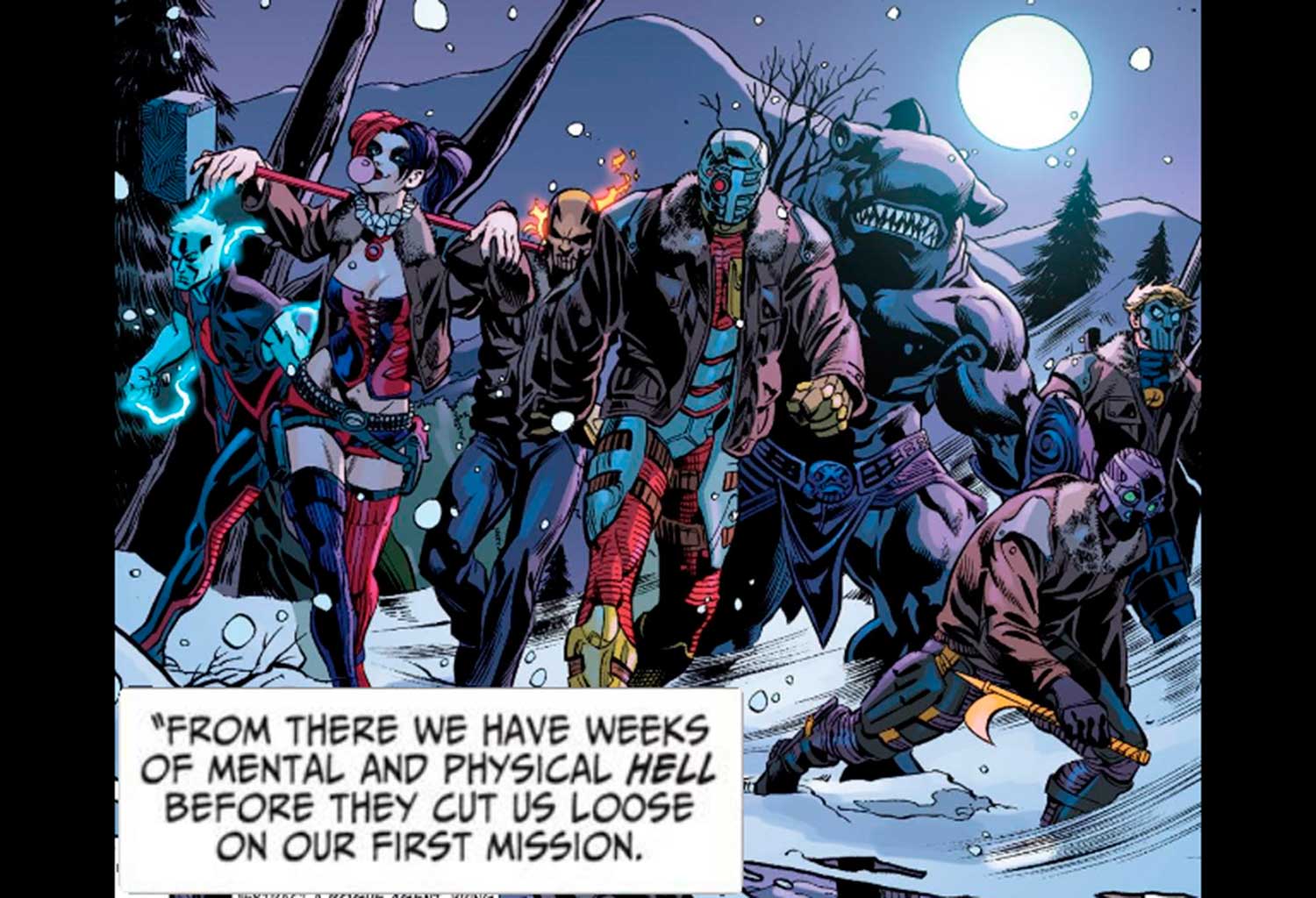KunManga Comics are works of art that combine text and images to convey ideas. They typically consist of panels of images with textual devices to indicate narration, dialogue, or sound effects. Comics are sometimes categorized as graphic novels or sequential art works. These works of art are a popular way for artists and writers to convey their ideas.
Modernisation of Comics
The Modernisation of Comics has become increasingly important within the cultural landscape, and the role of comics in this field is increasing. In the late 1970s, China used comics to transform the mindset of its population. The government created the Cultural Revolution Programme to promote positive change in the minds of Chinese youth. It is widely acknowledged that comics have a vital role in culture.
The history of comics has many origins, but the medium’s growth has primarily occurred in the twentieth century. It is believed that the first comic book, The Yellow Kid of McFadden’s Flats, was first published in the 1830s. The popularity of books like Tintin and other popular comics led to the development of comics magazines. In the 1930s, comics were introduced to the mass market in the United States, where they were a staple of the media landscape. After the advent of Superman and other superheroes, comics became a staple of American culture.
Meaning of The Term Comic Strip
The term comic strip can refer to the work of a cartoonist, newspaper strip creator, or other media artist. It is also used to describe comic books, anime, manga, editorial cartoons, and animated films. These works often depict children’s emotions and stories. Here are some examples of comic strips:
A Manga4life comic strip is a series of sequential illustrations. They may be humorous or have political content. Comics were first introduced in the United States around 1900. They are also known by other names, such as cartoon panels or funnies. Some strips are only partially comical, presenting political or social messages.
Influence of Pop Art on Comics
The influence of Pop Art on comics can be traced back to the early 1960s. This new art style featured bright colors and clear renderings of popular subjects. This movement also challenged the standard of modern painting, which embraced individual expression and abstraction. Many artists from the time incorporated elements of Pop Art into their works, such as Ben-Day dots and mechanical printing techniques.
Pop art was also influenced by the Independent Group, which was formed in 1947. This group consisted of prominent pop artists such as Ed Ruscha, who popularized the idea of using ordinary objects in their works. The Independent Group’s “Pop Art” pieces featured a variety of found objects, including comic book characters, advertising, magazine covers, and mass-produced graphics.
Origins of The Comic Strip
Comic strips began to appear in the early nineteenth century. Artist Wilhelm Busch influenced the medium. His comics were popular in his own day and were copied in many countries. They were printed in periodicals and albums and appealed to young and old alike. The comics were often satirical or political.
During the late nineteenth century, Topffer published comic strips that featured absurdist antiheroes. The stories were purposefully meaningless and flowed with calculated non-sequiturs. Topffer was a revolutionary draftsman who mastered the art of systematic doodling, varying physiognomies, and experimenting with storytelling techniques.
Techniques For Visualizing Comics
Visualizing Manga comics can be a challenge. However, if you have the right techniques, it can be easy to create a comic that conveys a message without using words. One of the most important steps in visualizing comics is data preprocessing. This is done by separating panels into small sections and using publicly available software to extract each panel. Next, the panels must be reformatted to the same dimensions. This step is crucial to make sure that each image has the same size, because comics panels often come in different sizes. Basically, the images are cropped to 256 x 256 pixels, and the center part of the panel is retained.
Another technique used to improve visual comics is feature visualization. This technique is applied to trained GoogLeNet to examine the visual properties of individual objects. This method relies on combining textures from earlier layers to identify more complex objects.




